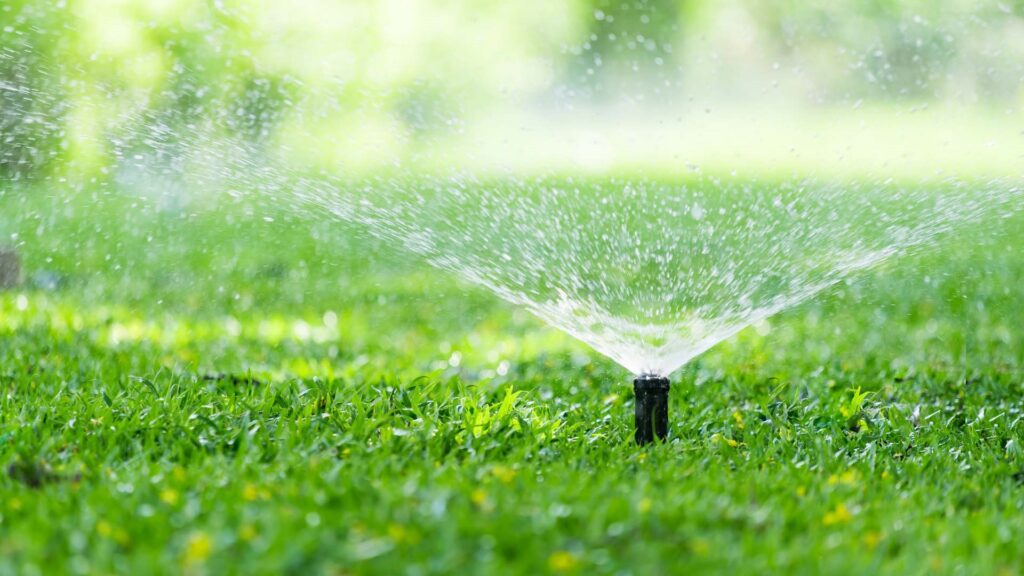
Smart Gardening: Improve Your Garden and Lawn
Smart technology has changed the way we do everything from securing our homes to setting the ideal temperature in our bedrooms at night.
With the addition of smart technology to gardening, we’ve seen even more advancements that can make life easier, and our plants happier.
What is smart gardening? Smart gardening is an all-encompassing term to describe intuitive and automatic gardening tools and systems that assist with everyday gardening tasks. Smart gardening can include robotic mowers and weeders, irrigation systems, and soil sensors, depending on what you and your garden need.
If you have a serious love for gardening but want to simplify the process a bit, installing some smart systems could be the answer you’re looking for.
This guide will walk you through the most common smart gardening tech and what the future holds for these technologies.
What is Smart Gardening?

Smart gardening is a hands-off approach to gardening, using much of the same technology that powers up other smart home devices.
A smart device can be anything that automizes a task around the home, can think and act for itself, and shares and interacts with other smart technology through a wireless internet connection.
Implementing this type of technology into the garden means you can take away some of the work from yourself and leave it in the hands of your smart device.
These systems can learn when it’s raining and stop the plants from being watered or deliver an automatic dose of fertilizer to the lawn, with something out there to suit all types of gardens and gardeners.
There are some limitations to smart gardening though, so it’s not as futuristic as it may sound.
However, for what’s available at the moment and how helpful it can be in helping you tend to your garden and lawn, putting to use some smart systems at home could still make a world of difference.
The Types of Smart Gardening
The world of smart gardening tech is evolving all of the time but there’s still a lot out there worth checking out.
These are the more common types of smart gardening systems that people are discussing now and in the near future, and what they’re capable of.
Plant and Lawn Monitors
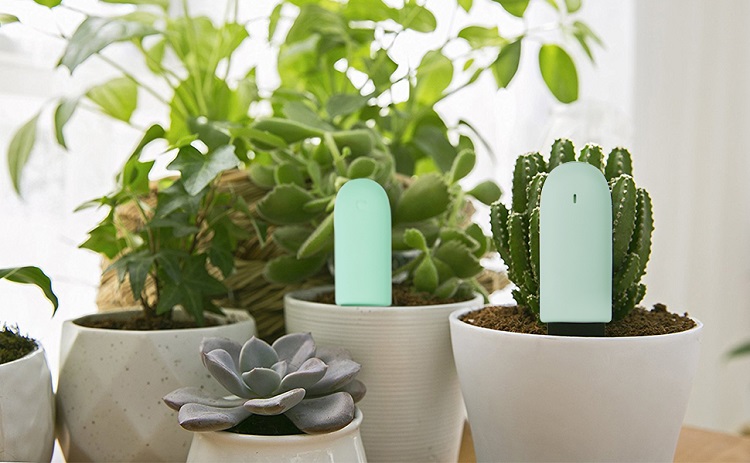
Using a smart plant and lawn monitor means you get access to the data about how your soil is performing.
You can insert one of the simple smart sticks into the ground and see the pH levels, light levels, and moisture levels, allowing you to adjust nutrients and water accordingly.
Smart plant and lawn monitors like this use various sensors to detect these readings and display them in an app or control panel so that it’s easy to fertilizer and water.
They can also be connected to other devices like smart sprinklers that can then adjust their watering schedule to suit how the soil is performing.
Smartphone Apps and Hubs
A quick search online for smart gardening apps will show you just how many cool options there are out there to modernize your green thumb.
If you’re not yet ready to jump in and buy some new smart tech, downloading a simple app that can automate and innovate your gardening processes each week is the next best thing.
Among some of the most downloaded smart gardening apps are those that monitor soil, identify plant species, allow you to plan a garden layout, and track upcoming weather changes.
You can do just about anything when it comes to gardening plus get the chance to connect with other green thumbs for advice and a community you can become a part of.
Consider what your gardening goals are and let that guide you to the cool apps that are out there today.
Smart Watering Systems
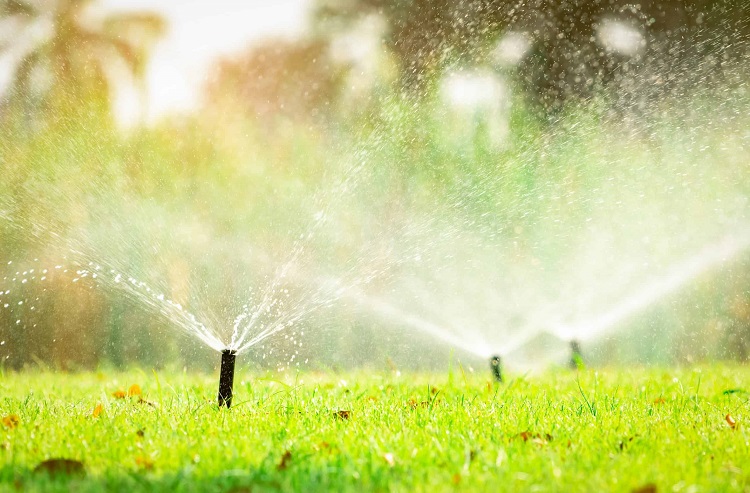
The easiest smart tech to access for your garden is smart irrigation and it’s the best place for most people to start.
These watering systems are varied in what they’re capable of and their purpose, so it all depends on what the gardener needs.
If you only have a few house plants, you can get a drip irrigation system to keep them hydrated that works on a regular schedule.
For homes with large gardens and various garden beds, a bigger and more complex irrigation system will work.
Unlike a traditional hose and sprinkler setup, a smart system will detect changes in the weather, moisture levels in the soil, and what type of plants it’s looking after and adjust the watering accordingly.
This means less time wondering when you should water the plants and more time enjoying your lush garden.
Robotic Mowers
When the Roomba was developed, people rejoiced at the thought of never having to vacuum their home again.
In even better news, the robotic mower was announced, getting rid of the taxing chore of mowing your lawn every weekend.
Today, the robotic lawn mower has advanced even further and is about as smart as it gets when it comes to gardening with a hands-off approach.
A robotic mower can power up automatically and mow your lawn, navigating the rough terrains and twists and turns that make up the yard.
Features like GPS and Bluetooth ensure it stays connected and travels in the right direction, and you can control it remotely if you don’t want to leave the couch or let it operate on a schedule where it sets off on its own to mow the lawn.
Although futuristic sounding, these robot mowers aren’t advanced enough to suit all kinds of lawn landscapes though, so they’re still a work in progress.
Robotic Weeders
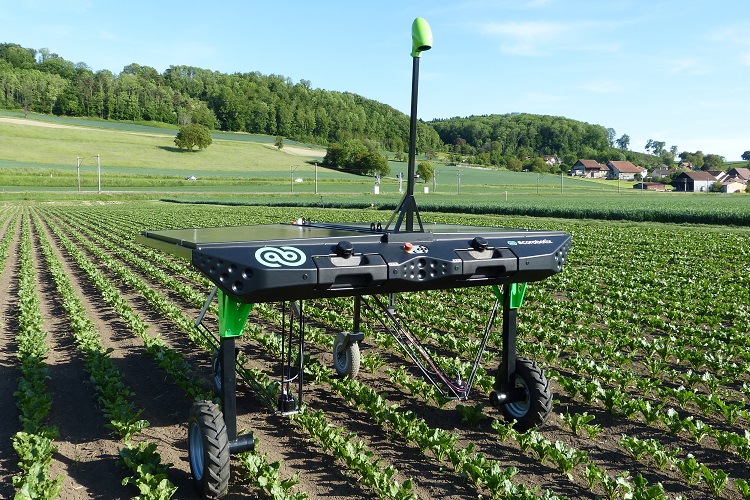
Weeds are a problem in every garden, whether you’re growing a field full of corn or a few flowers in a pot at home.
Thankfully, the technology for a weeding machine that does the hard work of pulling weeds for you has already been developed, even if it’s not yet available for the average gardener.
The original tech was created by Carbon Robotics, a company dedicated to merging technology with gardening for a healthier impact on the planet.
These smart robotic weeders utilize sensors and lasers to detect the weeds in the ground and then zap them, moving along through the crops as it does.
Such an exciting advancement could spell the end of harmful pesticides and backaches that come with removing weeds the old-fashioned way, as long as someone can create a compact weed pulling robot to use in your home garden.
Robotic Fertilizers
Agricultural robots and automatic fertilizers have been used for some time in large-scale farm settings but they often come with issues.
Enter the robotic smart fertilizer, designed to replace the traditional fertilizer applicators that spray cornfields and other crops in mass amounts, with many of it not reaching the plants’ roots because it’s washed away.
Smart fertilizer robots use real-time sensors to assess each plant before spraying it and then adjust much fertilizer to apply and where to apply it.
Having an intuitive system like this not only saves money and wasted fertilizer but ensures your plants receive as many nutrients as possible, so everybody wins.
Smart Composters
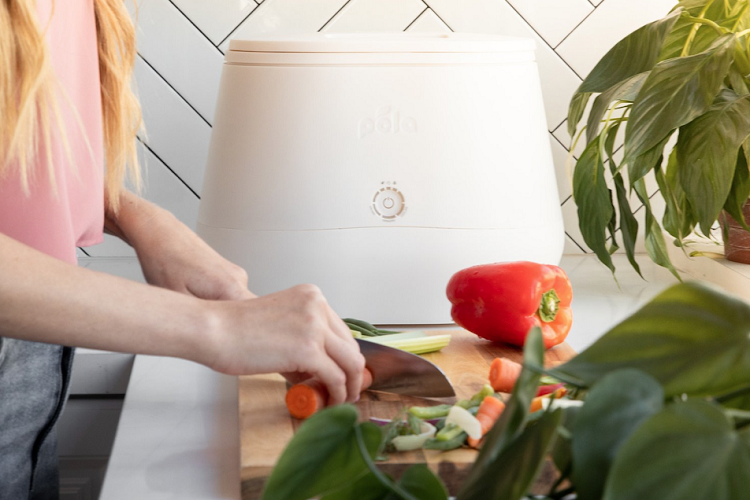
Composting is a great practice for people to get involved in, whether they have a garden growing or not.
Although traditionally a messy job, the new wave of automated compost systems are now making it easy for anyone to turn their food scraps into something good and with minimal effort required.
These composters come in all shapes and sizes, with most of them fitting onto your kitchen bench for easy access.
Smart composters allow you to place specific types of food scraps inside and they use compressors and grinders to break the food down automatically.
Where they get really smart is by using internal sensors to adjust the conditions, like humidity and temperature, so that the microbes and nutrients that compost is loved for can thrive, and there’s nothing required from you to get it right.
Smart Greenhouses
The controlled environment of a greenhouse is one of the best places for plants to grow, as long as the settings are right.
A smart greenhouse is usually set up by utilizing a number of the above-mentioned smart tech to make the structure even more efficient and ensuring that all of these settings are exactly as they need to be, with minimal input from the gardener.
The purpose of these setups is to take some of the guesswork out of gardening by measuring and assessing conditions inside of the structure like soil, humidity, and moisture, so it can then be watered, fed, and adjusted as needed.
More importantly, they can notify their owners of sudden changes that might impact what’s growing inside, like when the weather changes suddenly or a door is left open.
The Future of Smart Gardening
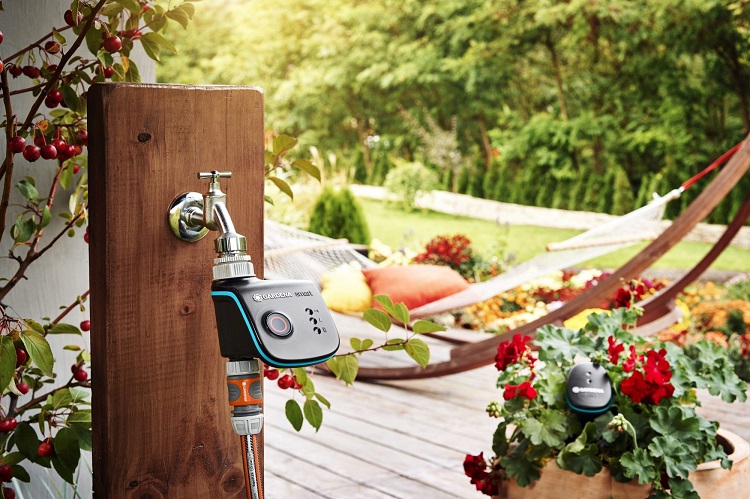
Although there’s a lot of tech out there in the smart gardening category, the reality is that many of these devices still require some input from the user to work.
If you’re envisioning a world where your lawn mows itself automatically and a robot whirling around the garden pruning plants every weekend, it could still be a while off.
In the near future, advancements like fully functional gardens and greenhouses that come with soil that features the right nutrients already in it, plus lighting, watering, and feeding functions built into them are already in production.
Larger scale operations like automatic fertilization of crops and robotic weeders can hopefully be downsized to use in your garden at home, making them more accessible to everyone.
Today though, the best way to choose a smart gardening system is to think about the goals you have for your garden and what can help you achieve them.
It might not be the most futuristic of tools but as long as it makes the gardening process easier and more streamlined, you’re on the right path.
Gardening Smarter Not Harder
Gardening requires a lot of effort, whether it’s mowing your lawn each weekend or planting flowers and vegetables with the right seasons.
Making use of smart technology and systems to take the burden off of it while still enjoying the peacefulness and satisfaction of the gardening process guarantees the best of both worlds.
Related Questions
Smart homes and gardens have come a long way from just a few years ago, but there’s still a lot to learn about how this tech works.
If you’re thinking about investing in some smart gardening systems but need a better understanding of smart technology itself, check out these FAQs.
Do You Need the Internet For Smart Technology?
Smart home devices will not be able to connect with each other and perform some of their functions without an internet connection, but many of them won’t stop working entirely.
Smart gardening systems like sprinklers should still operate at their scheduled time each day even if the internet loses its connectivity or will allow you to manually override them when needed.
Can I Control Sprinklers From My Phone?
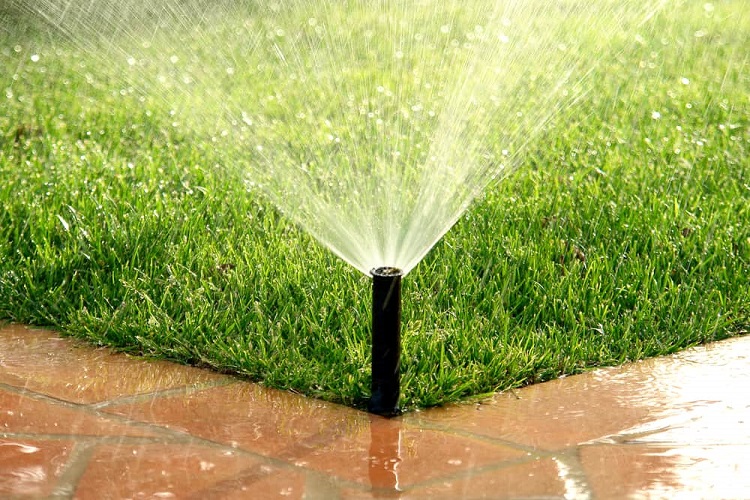
Most smart sprinklers come with a dedicated smartphone app that lets you control them from the device.
With this type of technology, you can turn your home’s irrigation system on and off remotely and from anywhere in the world, as well as adjust settings and create schedules for the sprinklers to operate on.
Are Smart Devices Hackable?
Because smart devices are connected through a wireless internet connection, this can be intercepted and hacked, but usually only with inferior products.
Make sure you choose a device with adequate security protections to avoid anyone being able to access the device.
Resources:
